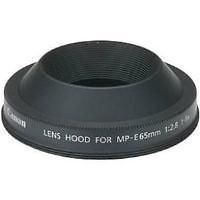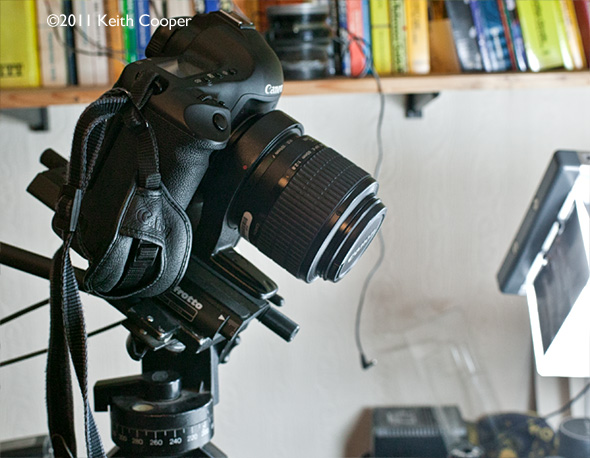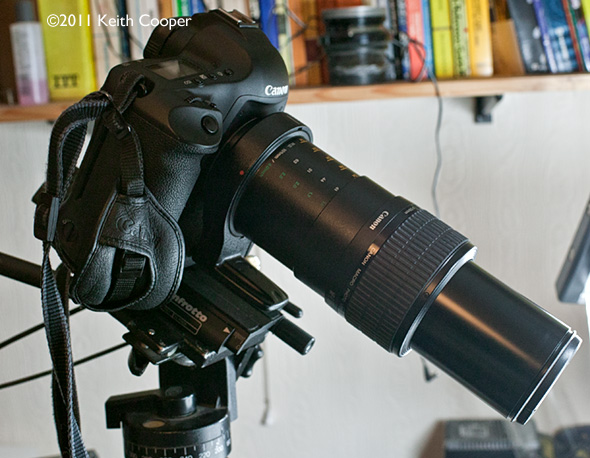
|
| Angle of view (horzntl, vertl, diagnl) | 15°40', 10°35', 18°40' |
| Lens construction (elements/groups) | 10/8 |
| No. of diaphragm blades | 6 |
| Minimum aperture | 16 |
| Closest focusing distance (m) | 0.24 |
| Maximum magnification (x) | 5.00 |
| AF actuator | - |
| Filter diameter (mm) | 58 |
| Max. diameter x length (mm) | 81 x 98 |
| Weight (g) | 710 |
| Magnification - Extension Tube EF12 II | - |
| Magnification - Extension Tube EF25 II | - |
| Lens hood | - |
| Hard case | - |
| Soft case | LP1216 |

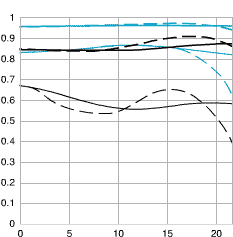
|
A quick guide to MTF charts (which only measure contrast and resolution. Canon's guide to their MTF charts)
|
||
Canon MP-E 65mm f/2.8 1-5x Macro Photo - reviews and articles
- Canon UK | US Information Page
- Amazon
- Northlight Images - usage notes
- Lens manual (PDF)
- Canon CPN article
- Fred Miranda
- Lens Tip
- Digital Picture
- PhotoZone
- SLR Gear
- Lens Review
- ePhotozine
Sample images
Eye of a needle and electronic chip
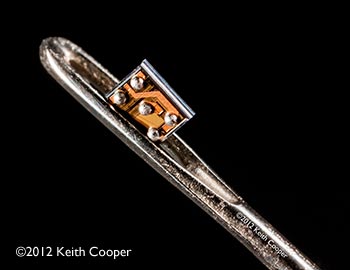
Chip balanced on head of match
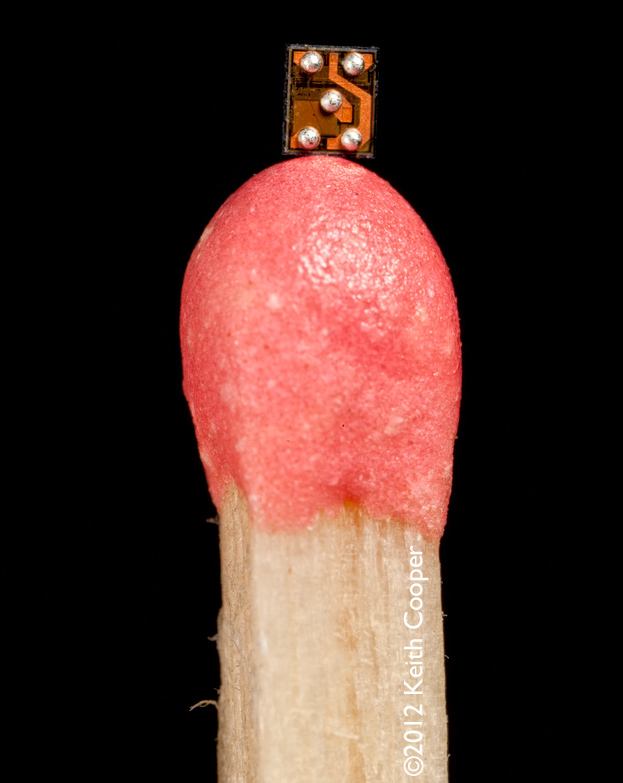
Garden spider and wasp

Ball point pen and line on paper.
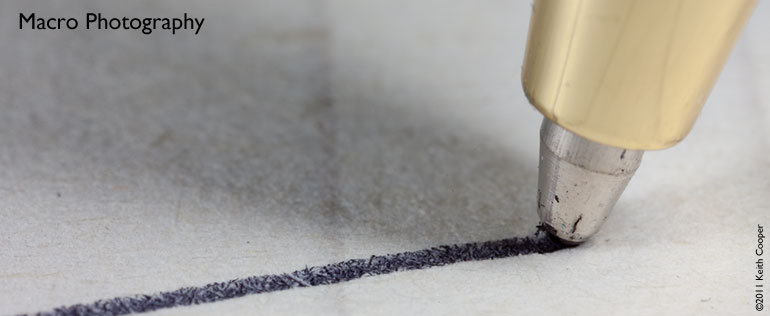
| Used Canon Lenses • UK: MPB | Park • USA: B&H | Adorama |
 |
| Welcome to EFLens.com: The world's number 1 Canon Review website with every Canon EF Lens. Read all of the reviews, see detailed specifications and check the price. • EF Lens chronology • EF Lens date codes • EF Lens mount details • EF Lens filter sizes • Compare EF-S18-55 versions • Tweet about it • Tell a friend • Send feedback |
 |
| Canon Lens List: • EFLens.com |
 |
| Sigma Lens List: • Manufacturer's Website |
 |
| Samyang/Rokinon List: • Manufacturer's Website |
 |
| Tamron Lens List: • Manufacturer's Website |
 |
| Tokina Lens List: • Manufacturer's Website |
 |
| © 1987 - 2019 NI |
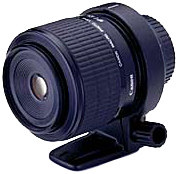 Canon MP-E 65mm f/2.8 1-5x Macro Photo
Canon MP-E 65mm f/2.8 1-5x Macro Photo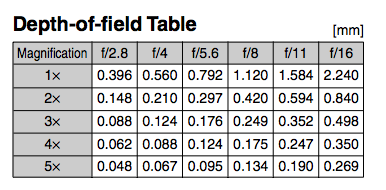 The design is macro only - there is no focus adjustment. You set the magnification and the move the camera or subject to achieve focus.
The design is macro only - there is no focus adjustment. You set the magnification and the move the camera or subject to achieve focus.
